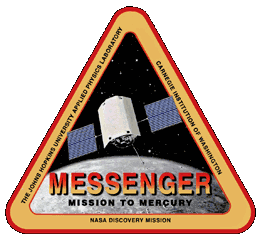MESSENGER Mission To Mercury
Mercury’s First Orbiter!
The MESSENGER probe was an interplanetary mission to extensively study the Planet Mercury. Following a 7 ½ year journey involving several flybys of Earth, Venus and Mercury the MESSENGER spacecraft entered orbit around Mercury; the first mission ever to do so. MESSENGER studied Mercury for 4 years before being deorbited and finally crashing into the surface.
Fast Summary Facts About The MESSENGER Mission
- Type: Orbiter
- Destination: Mercury
- Status: Complete – Deorbited
- Launch Location: Cape Canaveral, Florida
- Launch Date: August 3rd 2004
- Arrival Date: March 18th 2011
- Mission Duration: 6 ½ year cruise, 4 year Mercury orbit
Fun Facts About NASA’s MESSENGER!
- The MESSENGER spacecraft was the first to visit Mercury for nearly 33 years following Mariner 10’s final flyby.
- The primary science objectives (science package included 7 instruments) were to determine Mercury’s surface chemical composition, geological history, nature of volatiles at the poles and study the magnetic field.
- At launch, MESSENGER weighed approximately 1,100 kilograms (2,400 lb) and was launched aboard the Delta II which was the most powerful rocket available.
- The probe was the first to enter orbit around Mercury, which is particularly difficult as any spacecraft approaching Mercury directly would arrive with an excessively high speed. MESSENGER used a series of clever gravity assists past Earth, Venus (2) and Mercury (3) to slow down enough to be captured by Mercury's gravity without excessive rocket braking.
- MESSENGER was the first mission to demonstrate the use of a technique called ‘solar sailing’ where the spacecraft utilizes the solar wind and sunlight pressure to help steer the spacecraft.
- The probe utilizes solar panels for power generation (the same as a large light bulb - 450W) and a sun shield to help cool the spacecraft.
- The initial science mission lasted 1 year, with two further extensions totalling 4 years 1 month and 14 days of in-orbit investigations.
- In 2012, NASA announced they’d discovered both water ice and organic compounds in the permanently shadowed craters in Mercury's North Pole.
- The probe also discovered volcanism on Mercury and that the planet had shrunk by 14 km in diameter as it cooled.
- The probe has snapped more than 250,000 images of Mercury's surface and beamed them back to ground controllers at NASA.
- Eventually, MESSENGER ran out of propellant for course adjustments, culminating with the spacecraft crashing onto the surface on April 30, 2015, at a velocity of 14,080 km/h (8,750 mph) and likely creating a crater about 16 m (52 ft) wide!.
- MESSENGER completed 4,105 orbits of Mercury! Wow, that’d make anyone dizzy!
- The MESSENGER mission cost a total estimated to be around US$450 million.
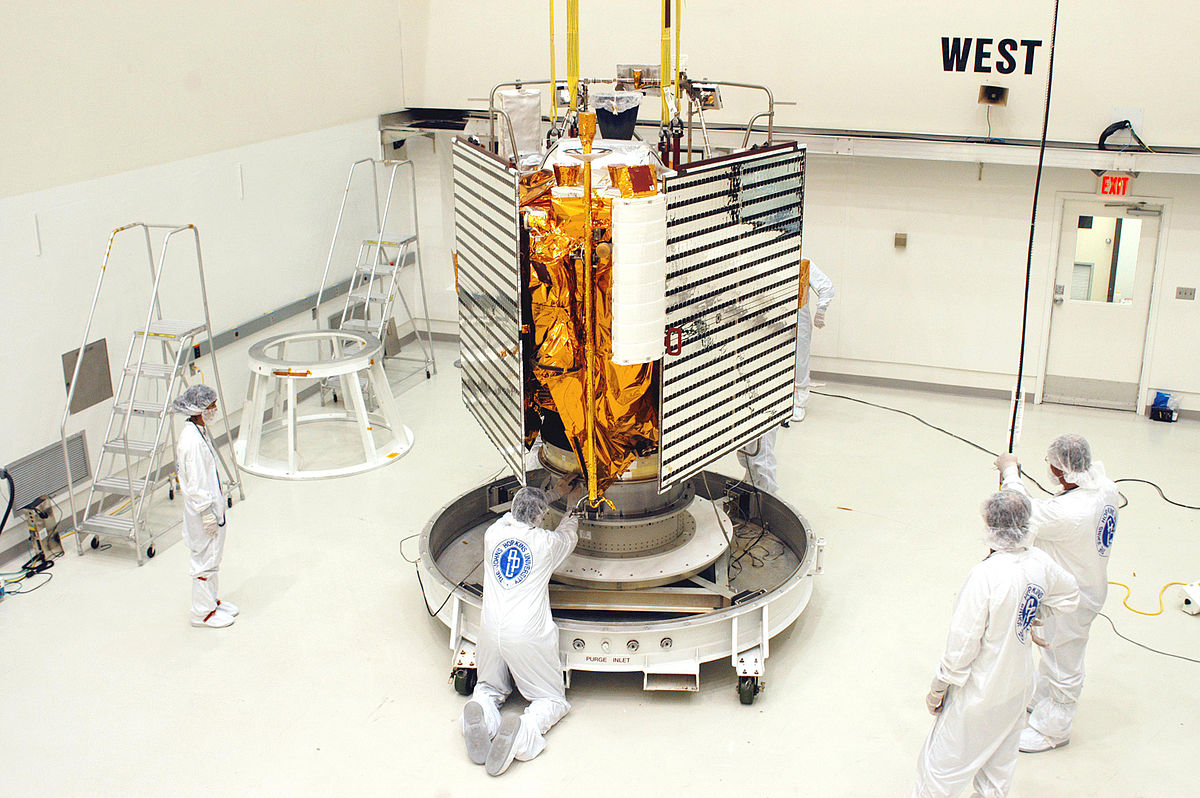
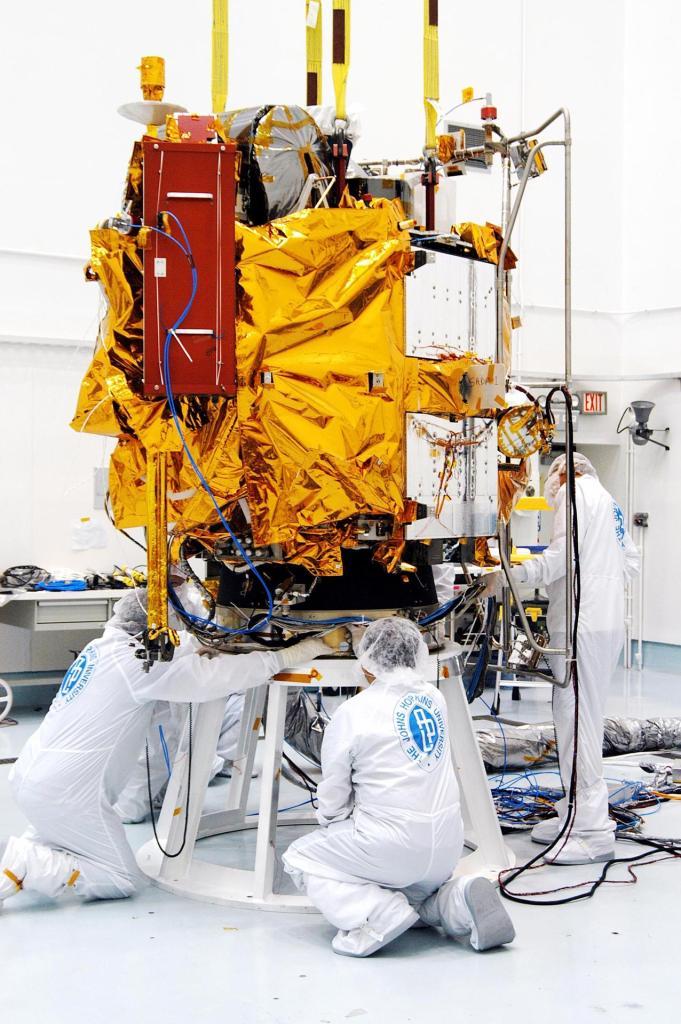
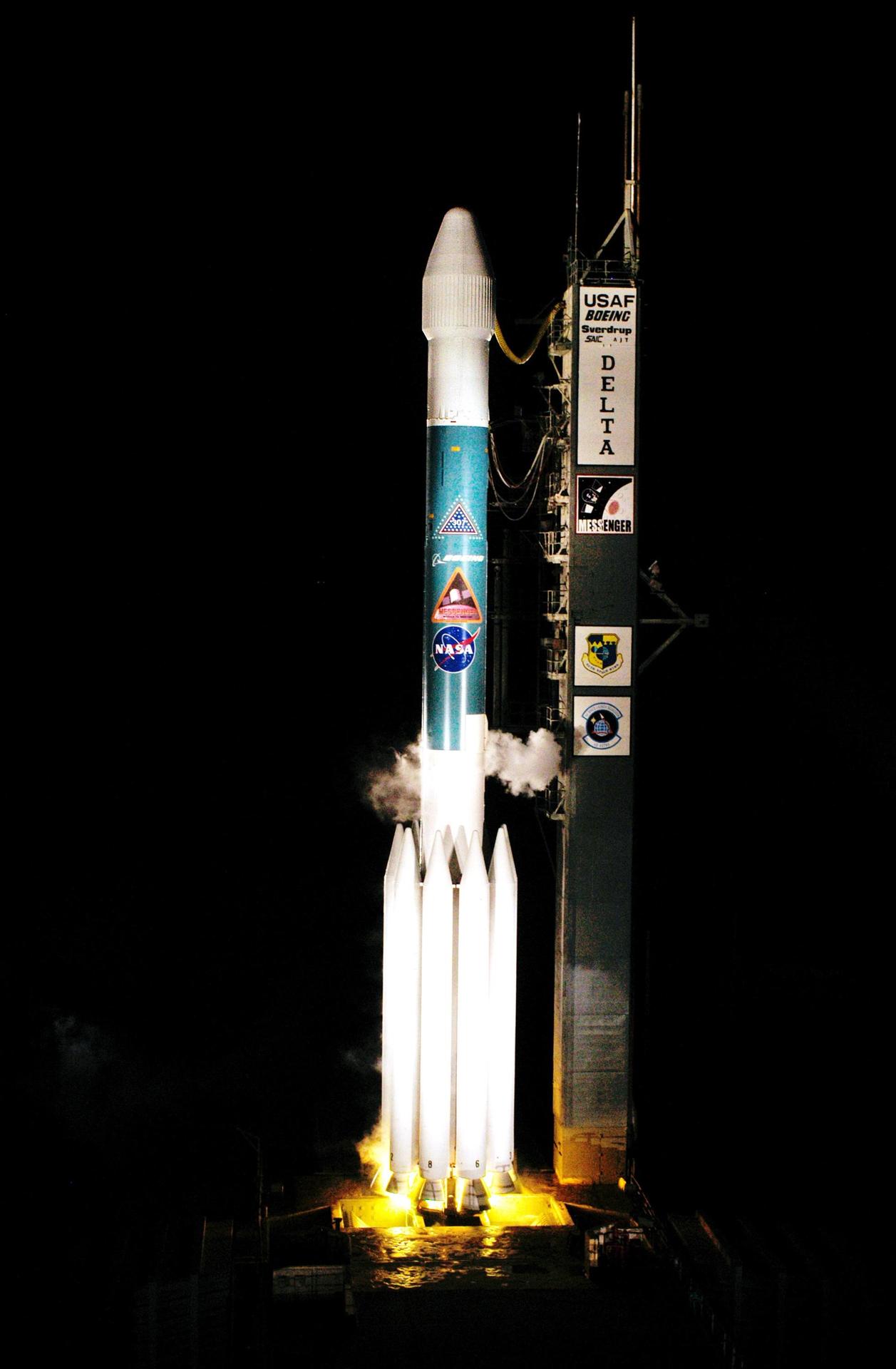
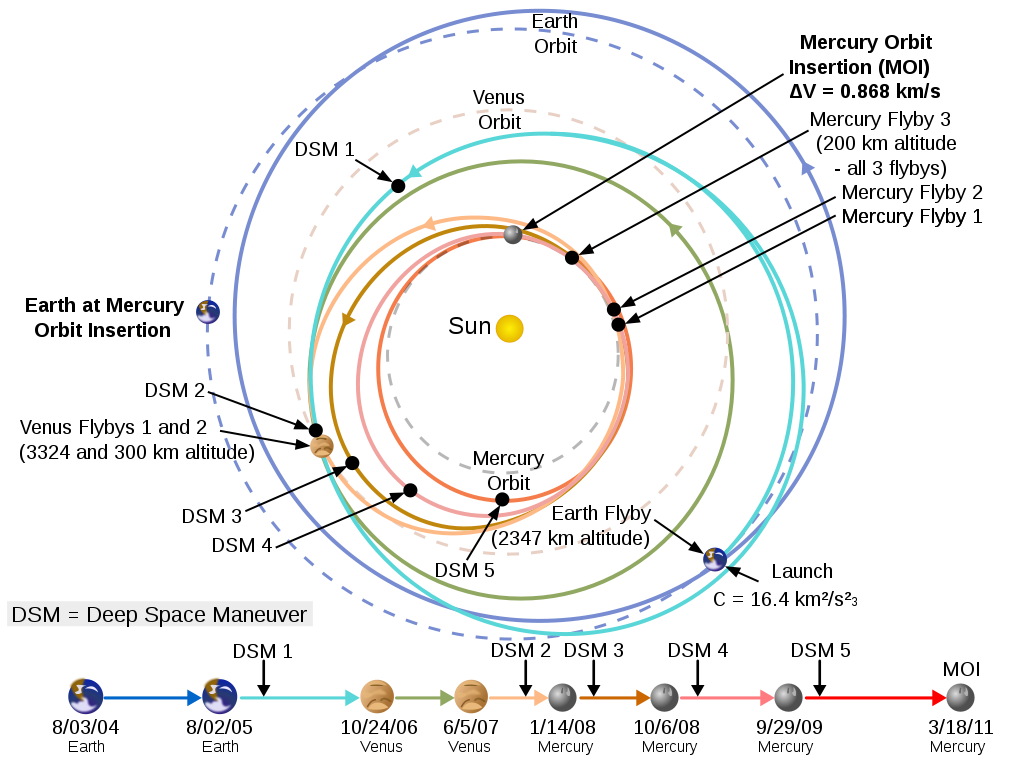
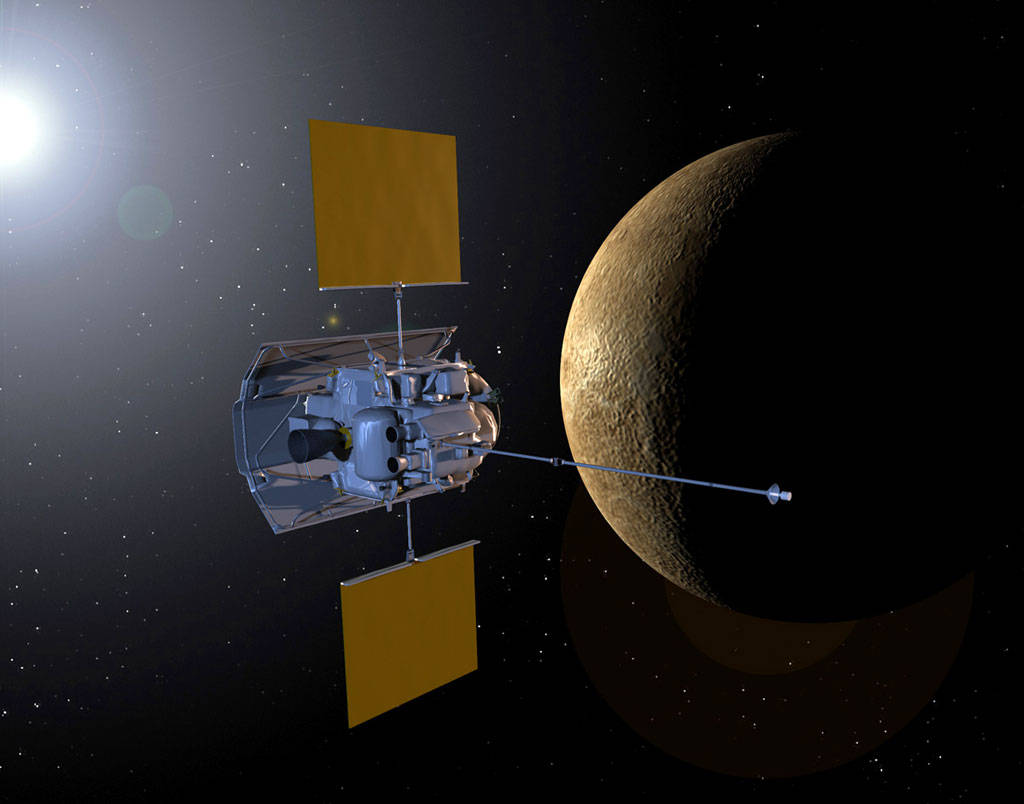
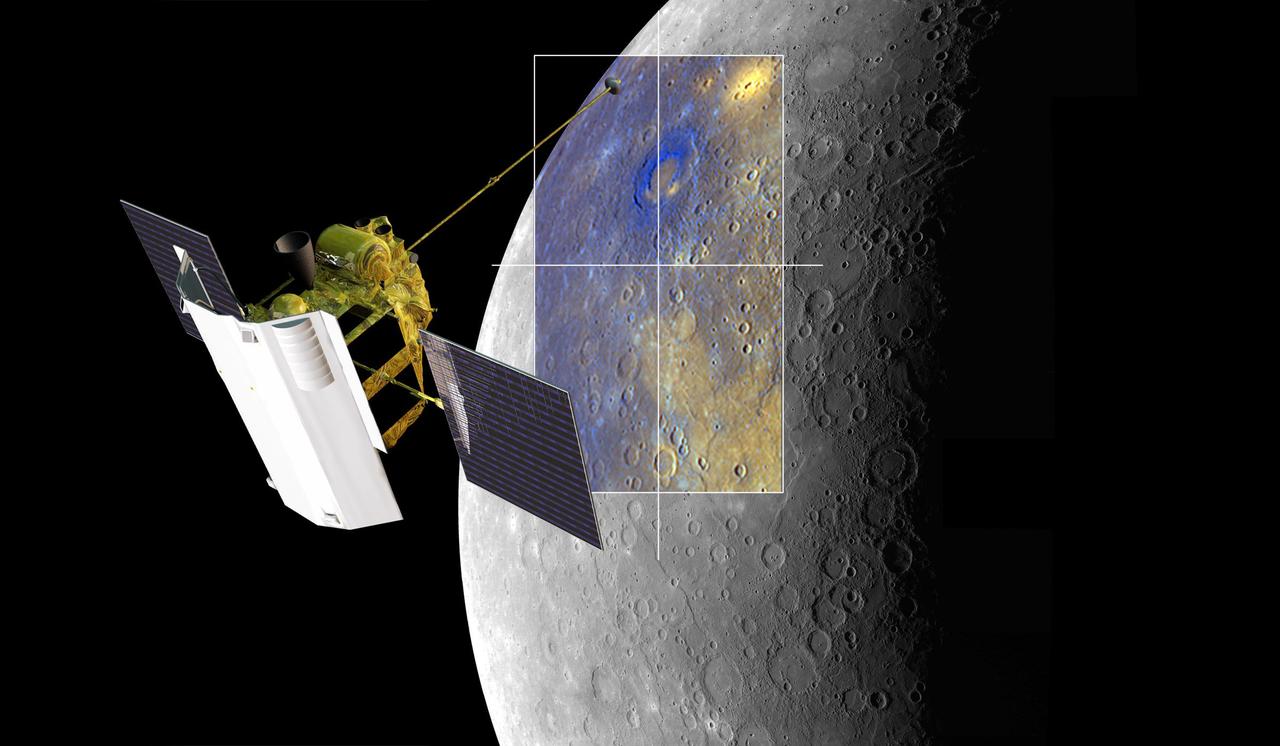
Messenger Final Inspections (Image Credit: NASA/JPL)
Final Checks
Messenger Launch
MESSENGER Trajectory
Studying Mercury
Messenger Scans

